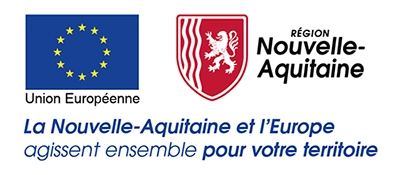In 1903, the New York Times estimated that it would take 1 to 10 million years before anyone would be able to fly – the Wright Brothers took the more positive option.
According to Live Science, there have been 15 key moments in aviation history beginning in 1783 with the first balloon flight. The real fun began however in 1903 when Orville Wright piloted the first ever engine powered airplane.
The flight in North Carolina (the home of IMET Alloys US Headquarters no less) only lasted 12 seconds and covering 120 ft. But within 2 years, the Wright Brothers had improved the flying machine to such an extent that it was able to fly 25 miles and turn in a circle.
This spirit of innovation has continued and is driving the modern-day industry’s response to its current environmental challenges, given that 2% of human CO2 emissions comes from aviation.
Since 1990, the amount of fuel consumed on a typical flight has been reduced by half. This means that a flight today would generate only 50% of the C02 compared with a flight back then. The number of flights however has increased significantly since 1990.
These challenges are being met through a variety of improvements and efficiencies, underpinned by collaborations throughout the aviation sector, and beyond.
Advances in fuel reduction are quite rightly celebrated by the industry, but its’ not only the use of lower-carbon alternative fuels that have led to lower emissions. More efficient, lighter aircraft and new technologies to set more efficient flightpaths have also been a factor.
The introduction of new air-traffic control techniques such as continuous ascent landings – estimated to save 150Kg of CO2 per flight – and shortening flight times by a minute can save at least 100Kg of CO2 per flight. These are changes that have also contributed to emission reduction.
These types of measures not only appear in the form of the product technology and infrastructural improvement, but by innovative collaborations – not just from within the aviation or aerospace sectors, but by using non-traditional industry partnerships.
During the COVID-19 pandemic the ‘Ventilator Challenge UK’ consortium brought together manufacturers from the aerospace, automotive and medical sectors to produce over 10,000 ventilators – 20 years of normal production in just 12 weeks.
Two very disparate, yet established organisations, NASA and LEGO have a long-standing history of collaboration on projects that have succeeded in engaging children to become interested in STEM careers. Evidence that even the most unlikely of collaborations can make significant impacts.
So how is the Wright Brother’s story relevant to the current ecosystem of manufacturing innovation?
The Wright Brothers started out in the bicycle rental, repair, and manufacturing sector. Whilst doing so, they spotted similarities between cycling and aviation in terms of balance, control, and the ability to deal with wind resistance.
It could therefore be argued that cycling was the first stage of the evolution of engine driven flight.
The point being, that the cross-fertilization of ideas from one specific area of engineering to another should be encouraged and as the above examples show, much more can be achieved, at a much faster rate by cross industry collaboration.
The Wright Brothers shared many of the qualities that are still valued today by many pioneering organisations, and it’s interesting to think, what they would make of today’s aviation industry’s response to the current climate crisis?
I note IMET Alloy’s culture and particularly our freedom to innovate, our ambition and our resilience – values of which we are very proud to share with the pioneers of aviation themselves!

